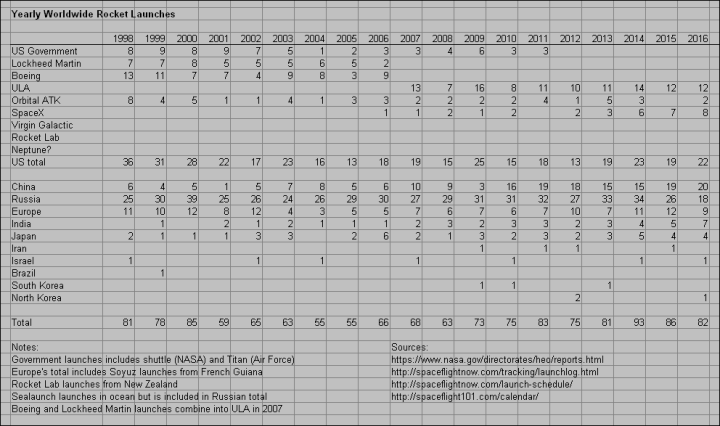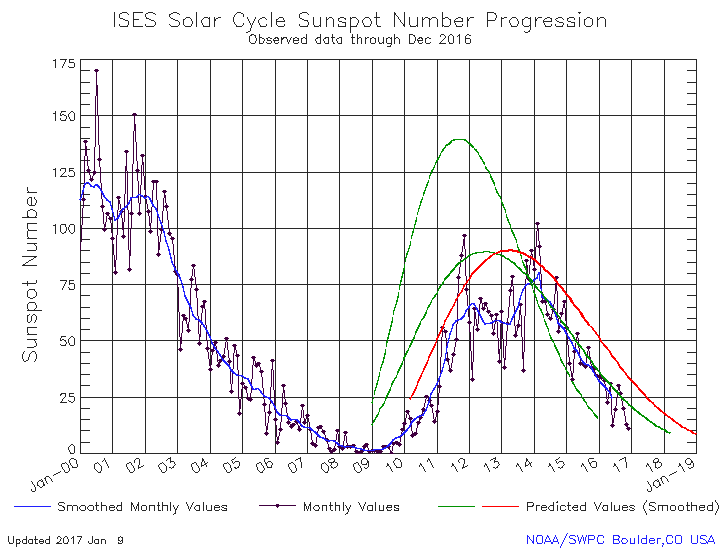Berkeley professors demand silencing of dissent
Fascists: Merely because they disagree with Breitbart editor Milo Yiannopoulos, a group of more than 100 University of California-Berkeley professors have signed a letter demanding that he be banned from their campus so that he will be prevented from speaking there during a scheduled lecture on February 1.
More significantly, these so-called intellectual educators demonstrate that they have never once read or listened to a single word Yiannopoulos has written or said by their claim that he supports “white supremacy, transphobia, and misogyny”. My god, the guy is as openly homosexual as can be imagined. More importantly, his primary advocacy is for freedom and human rights. I guess these are ideas that modern academics can no longer support. Instead, they like to grind their boots into the faces of those they oppose.
Fascists: Merely because they disagree with Breitbart editor Milo Yiannopoulos, a group of more than 100 University of California-Berkeley professors have signed a letter demanding that he be banned from their campus so that he will be prevented from speaking there during a scheduled lecture on February 1.
More significantly, these so-called intellectual educators demonstrate that they have never once read or listened to a single word Yiannopoulos has written or said by their claim that he supports “white supremacy, transphobia, and misogyny”. My god, the guy is as openly homosexual as can be imagined. More importantly, his primary advocacy is for freedom and human rights. I guess these are ideas that modern academics can no longer support. Instead, they like to grind their boots into the faces of those they oppose.







